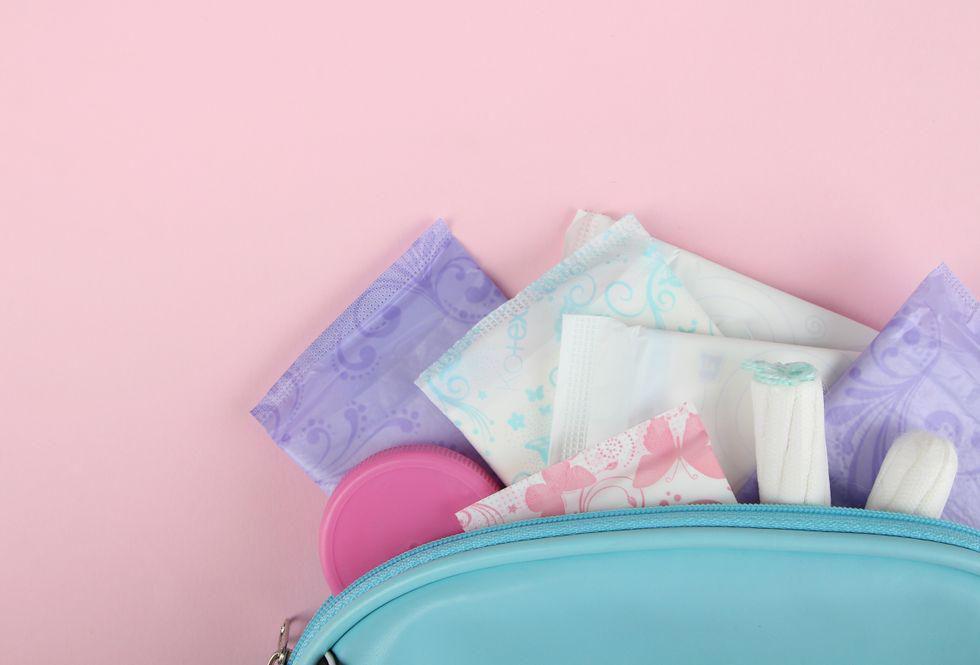Participants with less education have higher use of scented menstrual products
By Lori Solomon HealthDay Reporter
TUESDAY, Jan. 9, 2024 (HealthDay News) — Lower educational attainment is consistently associated with greater use of scent-altering menstrual and intimate care products, according to a study published online Dec. 6 in Frontiers in Reproductive Health.
Ami R. Zota, Sc.D., from the Columbia University Mailman School of Public Health in New York City, and colleagues examined racial/ethnic and educational differences in menstrual and intimate care product use. The analysis included pooled data from participants in two studies (661 participants aged 18 to 54 years).
The researchers found that scent-altering products (i.e., scented menstrual and intimate care products) were significantly more likely to be used by those with less formal education. White participants were significantly more likely to use unscented tampons and menstrual cups and less likely to use douches and wipes than Black participants. In a latent class analysis, less education and older age, but not race/ethnicity, were significantly associated with membership in the group more likely to use scent-altering products. All nonbinary participants fell in the unscented menstrual product group.
“Use of scented menstrual and intimate care products is concerning since they are marketed for odor control and perpetuate stigma around menstruation. They may also contain ingredients linked with cancer, endocrine disruption, and other adverse health effects,” Zota said in a statement. “Our research suggests that populations marginalized by racial and/or socioeconomic inequities may be disproportionately impacted by environmental health risks from these products.”
Copyright © 2024 HealthDay. All rights reserved.








